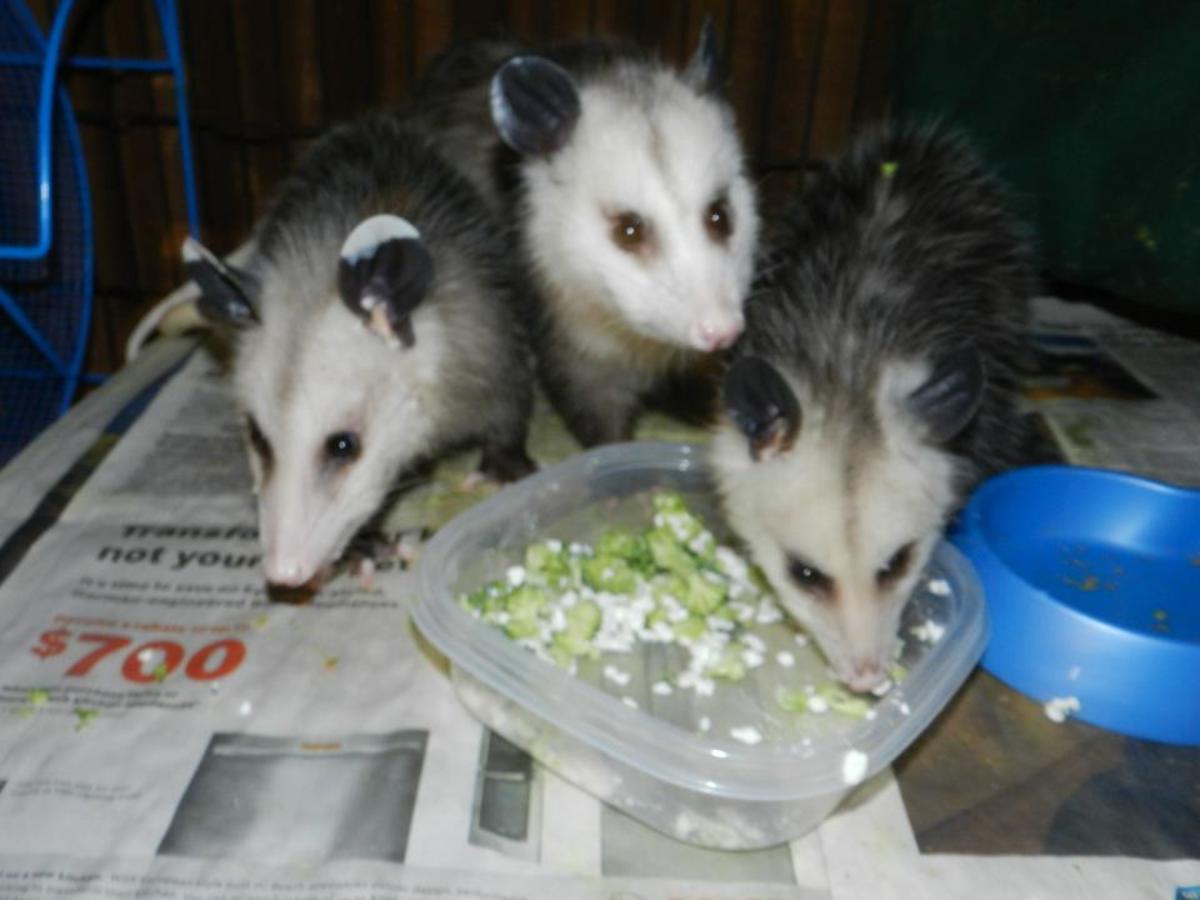
A Comprehensive Guide to Nurturing Baby Opossums
Introduction
Baby opossums, also known as joeys, are incredibly vulnerable creatures that require specialized care to thrive. If you encounter an orphaned or injured baby opossum, it is crucial to provide immediate assistance to ensure its survival. This comprehensive guide will provide you with detailed instructions on how to properly care for baby opossums, from feeding and housing to medical considerations.
Assessing the Situation
Before handling a baby opossum, it is essential to assess the situation and determine the appropriate course of action.
- Is the opossum orphaned? If the mother is nowhere to be found, the opossum is likely orphaned.
- Is the opossum injured? Check for any visible wounds, broken bones, or other injuries.
- Is the opossum cold? Baby opossums cannot regulate their body temperature and may become hypothermic if exposed to cold temperatures.
Immediate Care
If the baby opossum is orphaned or injured, immediate care is necessary.
- Warm the opossum: Gently wrap the opossum in a warm towel or blanket and place it in a warm, draft-free environment.
- Contact a wildlife rehabilitator: As soon as possible, contact a licensed wildlife rehabilitator who specializes in opossum care. They will provide professional medical attention and ensure the opossum’s long-term well-being.
Feeding
Baby opossums require a specialized diet to meet their nutritional needs.
- Formula: Use a commercial opossum milk replacer or a homemade formula consisting of evaporated goat’s milk, water, and a calcium supplement.
- Feeding schedule: Feed the opossum every 2-3 hours during the day and every 4-6 hours at night.
- Feeding method: Use a syringe or a bottle with a nipple designed for opossums.
Housing
Baby opossums need a safe and comfortable environment to grow and develop.
- Enclosure: Provide a small, enclosed space lined with soft bedding, such as a shoebox or a small pet carrier.
- Temperature: Maintain a temperature of 85-90°F (29-32°C) for the first few weeks of life. Gradually reduce the temperature as the opossum grows.
- Humidity: Keep the enclosure humid by placing a damp towel or sponge inside.
Hygiene
Maintaining good hygiene is essential for the health of baby opossums.
- Bathing: Gently bathe the opossum with warm water and a mild soap every few days.
- Cleaning the enclosure: Clean the enclosure daily to remove waste and prevent the spread of bacteria.
- Tail care: Keep the opossum’s tail clean and free of debris.
Medical Considerations
Baby opossums are susceptible to various health issues.
- Parasites: Regularly check for parasites, such as fleas, ticks, and worms.
- Infections: Monitor the opossum for signs of infection, such as lethargy, discharge from the eyes or nose, and difficulty breathing.
- Injuries: If the opossum has any injuries, seek veterinary attention immediately.
Socialization
Baby opossums benefit from socialization to prepare them for life in the wild.
- Handle gently: Handle the opossum gently and regularly to accustom it to human interaction.
- Provide enrichment: Offer the opossum toys and objects to stimulate its senses and encourage play.
- Introduce to other opossums: If possible, introduce the opossum to other baby opossums to promote social development.
Releasing into the Wild
The ultimate goal of caring for a baby opossum is to release it back into the wild.
- Age and weight: Release the opossum when it is at least 4-6 months old and weighs at least 1 pound.
- Location: Release the opossum in a suitable habitat with plenty of food and shelter.
- Soft release: Consider a soft release, where the opossum is gradually introduced to the wild while still receiving supplemental food and shelter.
Conclusion
Caring for baby opossums requires patience, dedication, and specialized knowledge. By following the guidelines outlined in this comprehensive guide, you can provide these vulnerable creatures with the care they need to thrive and return to their natural habitat. Remember to always consult with a licensed wildlife rehabilitator for professional guidance and support.
